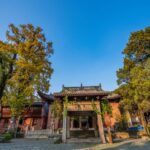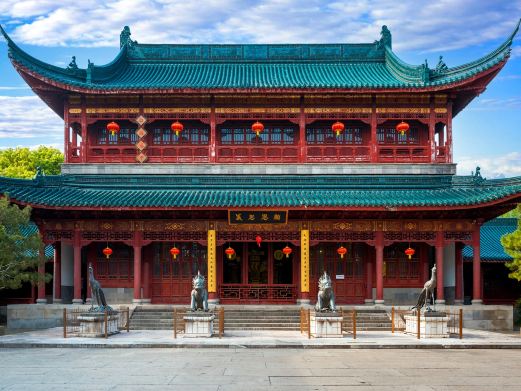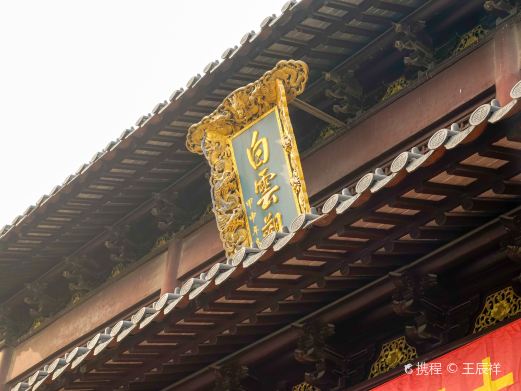Pu Hading Garden is located on the east bank of the ancient Grand Canal in Yangzhou. During the Southern Song Dynasty, it is said that Pu Hading, upon arriving in Yangzhou, oversaw the construction of the Xianhe Temple and was buried in Pu Hading Garden after his death. The cemetery reflects the prosperity of Yangzhou in the past from another perspective, and its unique style, which combines Chinese and Islamic architecture, is quite distinctive.
Commonly known as Baba Kiln (Baba is a respectful term for Muslims with high moral standing), the Grand Canal in ancient times connected Yangzhou with the world, attracting not only Chinese merchants but also foreign visitors, including the Arab Pu Hading. After his death, according to his wishes, the entrance to the cemetery was oriented towards the west. Today, the cemetery is sparsely visited and filled with many trees, giving it a tranquil atmosphere. Inside the cemetery, there are tombs of Pu Hading and other Arabs, as well as Chinese-style pavilions, towers, and buildings in the garden, some of which feature Islamic patterns on doors and windows or resemble Islamic onion-shaped domes.
In addition, the cemetery also preserves some Arabic tombstones left over from the Yuan Dynasty in China. It is open all year round from 06:00 to 17:00, with specific business status subject to the daily opening conditions.
Pu Hading Garden
Pu Hading Garden is located on the east bank of the ancient Grand Canal in Yangzhou. During the Sout[...]









